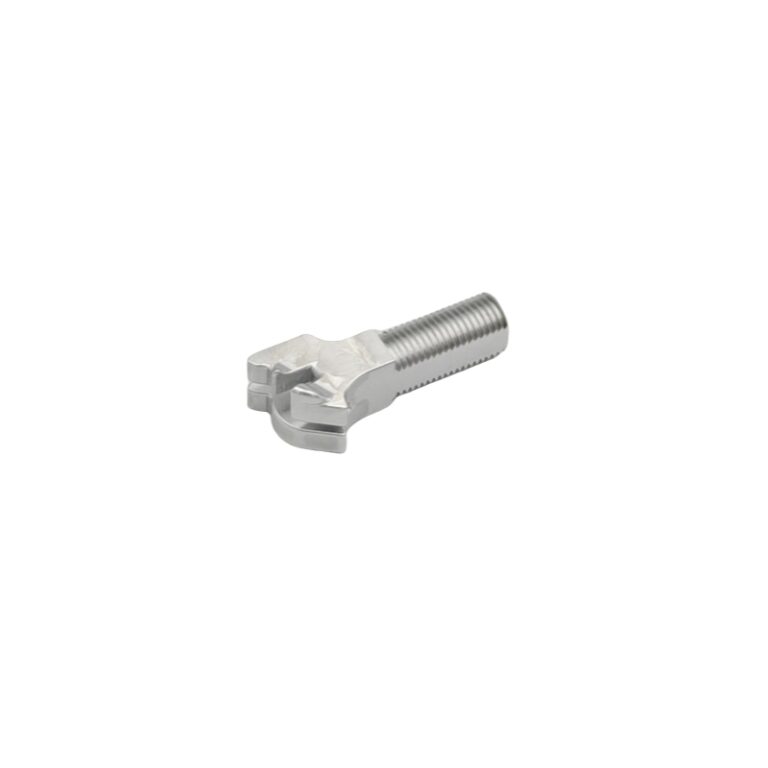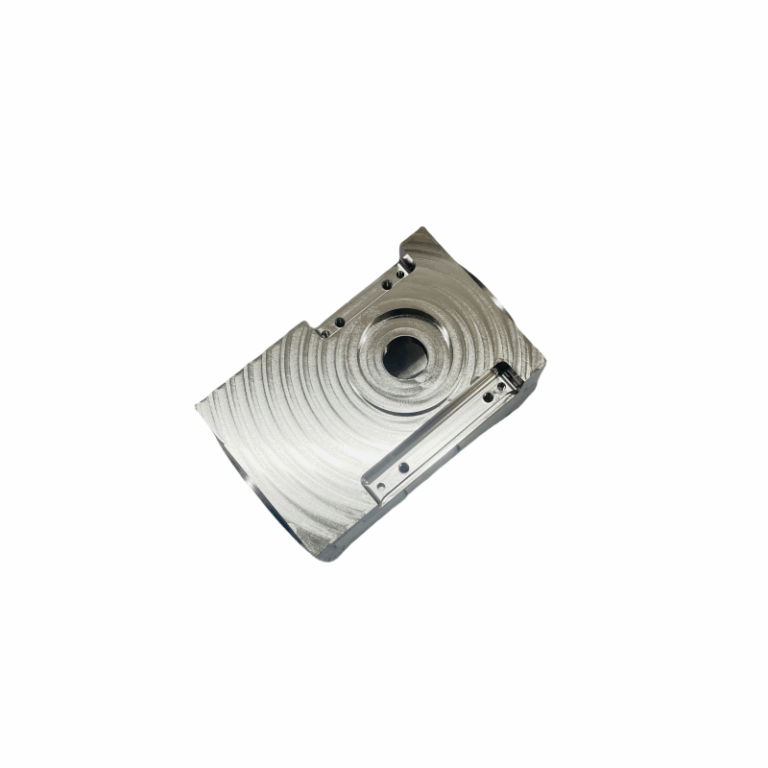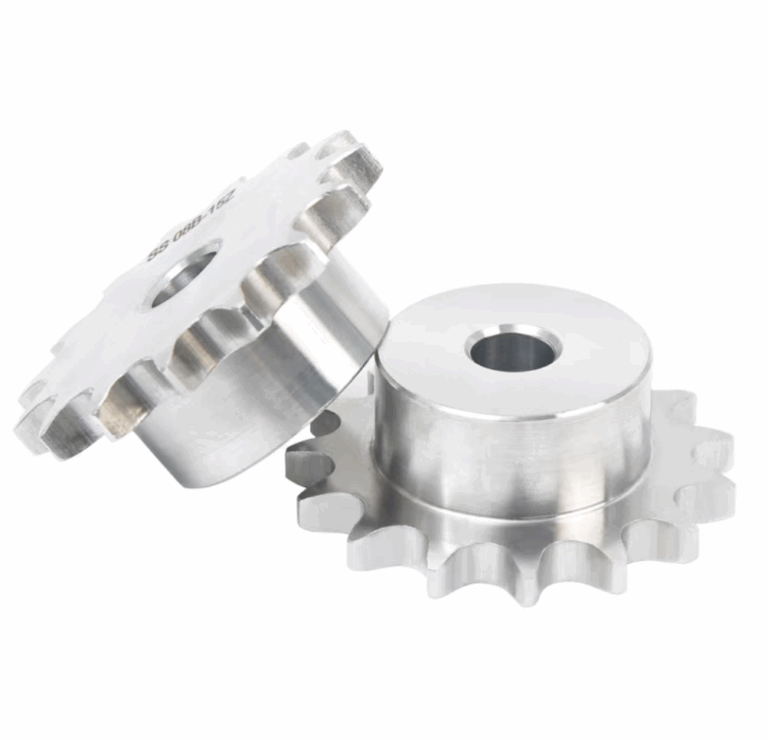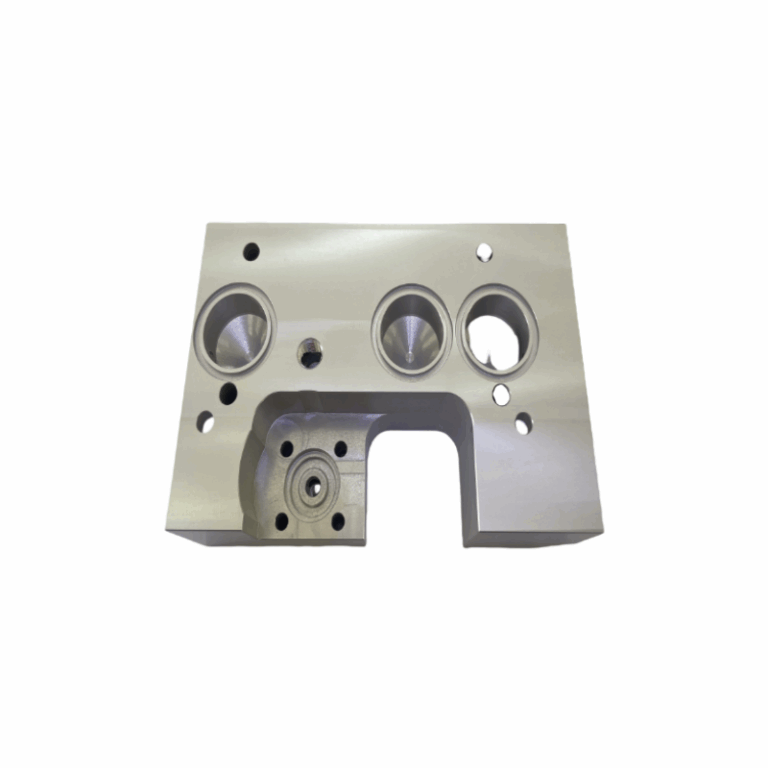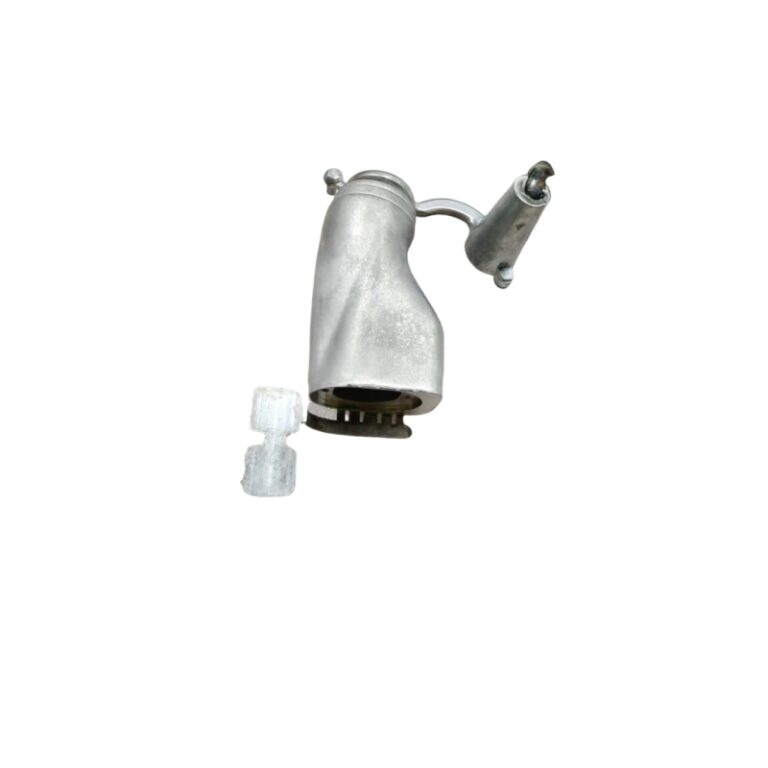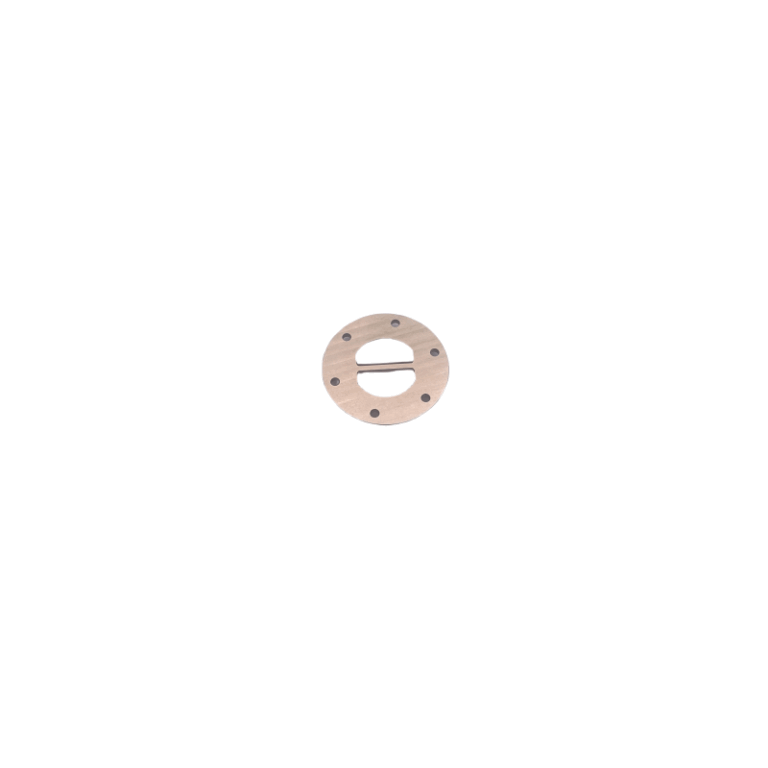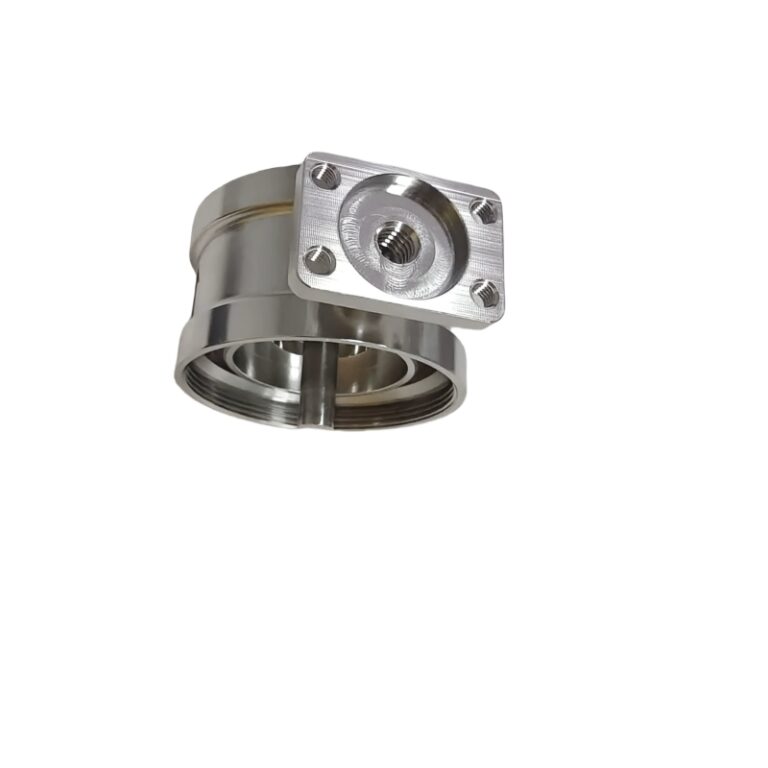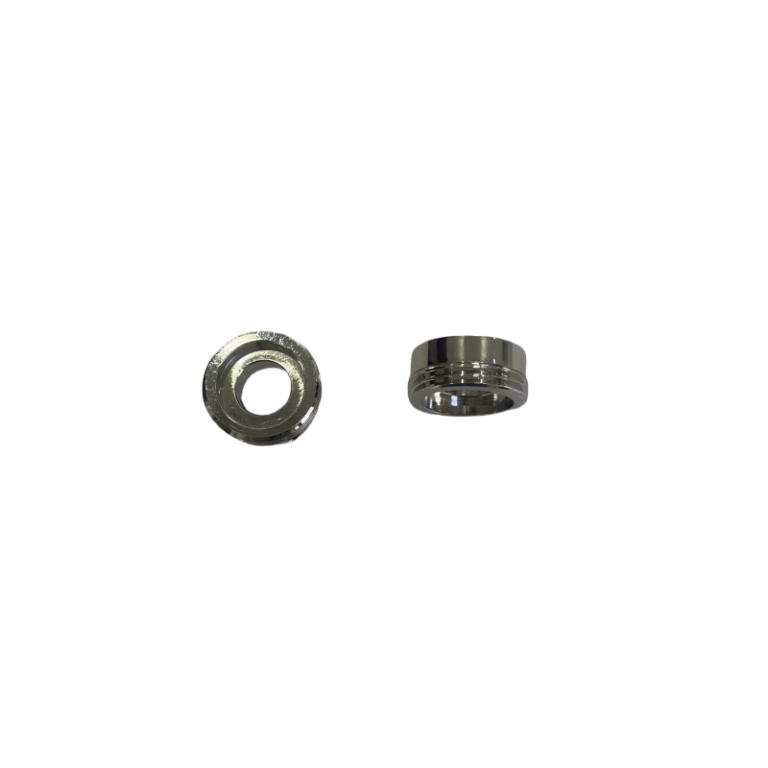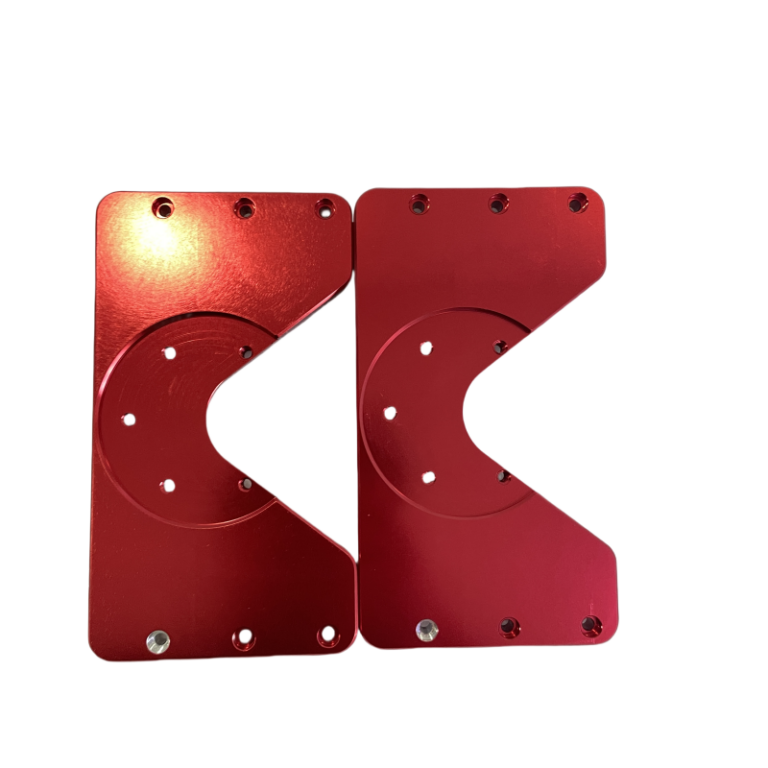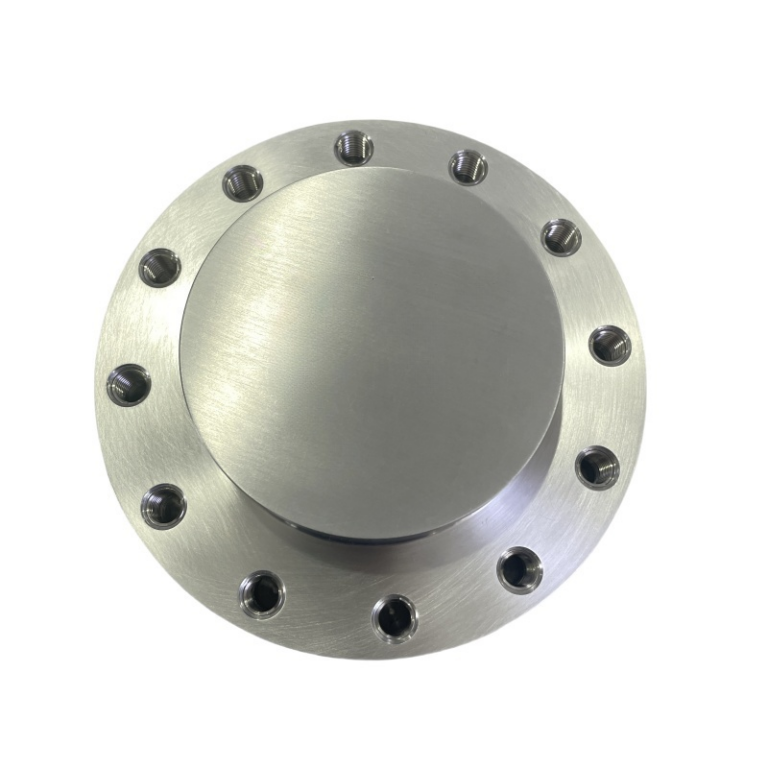Introduction: The code of modern civilization of aluminum
In the spire of the Eiffel Tower, the wings of Boeing passenger planes, and the metal shell of smartphones, a silvery-white metal silently supports the weight of modern civilization. As the most abundant metal element in the Earth’s crust, aluminum has penetrated every corner of human life. However, when engineers design products, they often hesitate between “aluminum” and “cast aluminum”. Behind these two seemingly similar terms, there are subtle differences in material science. This article will take you deep into the microscopic world of metals and analyze the essential differences between these materials.

- The Atomic Kingdom of Aluminum
1.1 The Birth History of Elemental Aluminum
In 1825, Danish scientist Östred first isolated metallic aluminum; this silvery-white metal immediately became a material more precious than gold. When Napoleon III entertained guests, only VIPs could use aluminum tableware, and ordinary guests could only use gold tableware. This metal, which was then called “silver soil”, was not industrialized until the invention of the Hall-Heroult electrolysis method in 1886, ushering in the era of aluminum’s popularization.
1.2 Physical Portrait of Pure Aluminum
The density of pure aluminum is only 2.7g/cm³, which is 1/3 of that of iron, but it can withstand stronger mechanical loads than wood. Under an electron microscope, the lattice structure of aluminum presents a face-centered cubic arrangement, and this atomic stacking method gives it excellent ductility. The conductivity of pure aluminum is 37.7MS/m, second only to silver and copper, but the price is only 1/3 of copper. These properties make it an ideal material for power transmission.
1.3 The chemical code of aluminum
When exposed to air, a dense oxide film 4 nanometers thick will instantly form on the surface of aluminum. The Mohs hardness of this Al₂O₃ layer reaches 9, comparable to sapphire. This self-repairing passivation film gives aluminum excellent corrosion resistance in the pH range of 4-9. However, the yield strength of pure aluminum is only 7-11MPa, which is equivalent to the strength of ordinary plastics, which limits its application in structural parts.
- The technological revolution of cast aluminum
2.1 The millennium evolution of casting technology
Casting is one of the earliest metal processing technologies mastered by humans. In 3200 BC, the Sumerians had already begun casting copperware on the Mesopotamian plain. Modern aluminum casting technology began in the 1910s, when British engineer Arthur Johnson invented the low-pressure casting method, making mass production of complex aluminum parts possible. Today, cast aluminum parts are everywhere, from automobile engine blocks to curtain wall frames of skyscrapers.
2.2 The birth process of cast aluminum
In a typical die-casting process, 680℃ aluminum liquid is injected into a steel mold at a speed of 0.5-70m/s, and the pressure can reach 1500 bar. During the rapid cooling process, the atoms of the liquid metal are frozen before they have time to arrange themselves regularly, forming a fine dendrite structure. This microstructure makes the hardness of cast aluminum 3-5 times higher than that of pure aluminum, but it also brings a porosity of 0.2%-0.8%.
2.3 The magic of alloying
Aluminum alloy for casting is not simply pure aluminum, but a “metal cocktail” created by adding silicon (6-12%), magnesium (0.3-1.3%), copper (2-4%), and other elements. Silicon can reduce melt viscosity and improve fluidity; magnesium can refine grains; copper can enhance high-temperature strength. The synergistic effect of these alloying elements makes the tensile strength of A380 cast aluminum reach 330MPa, which is 30 times that of pure aluminum.
- Decoding the essence of the difference
3.1 Microstructure confrontation
Under the scanning electron microscope, the equiaxed grain diameter of pure aluminum can reach 500 microns, and the grain boundaries are straight and clear. The grain size of cast aluminum is controlled below 50 microns, and fine eutectic silicon particles are distributed at the grain boundaries. These silicon phases are like steel bars in concrete, which can not only prevent dislocation movement but also block the crack propagation path.
3.2 The gap in mechanical properties
The Brinell hardness of cast aluminum parts after T6 heat treatment can reach 90HB, while that of annealed pure aluminum is only 25HB. In fatigue tests, the cycle life of cast aluminum is more than 10 times that of pure aluminum. But this strength improvement comes at a price: the conductivity of cast aluminum is reduced to 40% of pure aluminum, but the thermal expansion coefficient increases by 20%.
3.3 Differences in failure mechanisms
When pure aluminum fails, it presents a typical dimple fracture, which is fibrous. Due to casting defects, cast aluminum often initiates cracks in the pores, and clear cleavage steps can be seen on the fracture. X-ray tomography shows that the number of internal defects in aluminum castings is closely related to process parameters, and vacuum die-casting can reduce porosity to less than 0.1%.

- Selection of application scenarios
4.1 Exclusive stage for pure aluminum
In the field of electrolytic capacitors, aluminum foil with a purity of 99.99% is formed into a honeycomb structure through electrochemical etching, and the specific surface area can reach 0.5m²/g. The dielectric properties of this high-purity aluminum are irreplaceable. The thickness of aluminum foil used for food packaging is only 6 microns, which is equivalent to 1/10 of the diameter of a hair. Aluminum with a purity of more than 99.3% must be used to ensure processing performance.
4.2 Engineering territory of cast aluminum
The cast aluminum cylinder block of automobile engines is the pinnacle of casting technology. The integrated cylinder block adopts a vacuum die-casting process to directly cast the cooling water channel and oil channel, and the wall thickness difference is controlled within 0.5mm. The one-piece cast aluminum chassis of Tesla Model Y uses 300 parts integrated into one casting, reducing the weight of the vehicle body by 10%.
4.3 The Golden Rule of Selection
When designers choose between pure aluminum and cast aluminum, they need to construct a multi-objective function: strength, weight, conductivity requirements, cost coefficient, and corrosion resistance requirements. For example, 1350 pure aluminum (conductivity 61% IACS) is selected for aviation wires, while A201 cast aluminum (ultimate strength 470MPa) must be used for helicopter rotor joints. Modern CAE software can simulate the stress distribution of different materials and assist in optimizing decisions.
- Evolution of Future Materials
5.1 The Dawn of Nanocrystalline Aluminum
Using equal channel angular extrusion (ECAP) technology, scientists have prepared ultrafine-grained aluminum with a grain size of 30 nanometers. The yield strength of this material exceeds 500MPa while maintaining good plasticity. Under a transmission electron microscope, dislocations form a mesh structure at the nanograin boundary, showing a strengthening mechanism that is completely different from traditional materials.
5.2 The Casting Revolution of 3D Printing
Selective Laser Melting (SLM) technology is rewriting the casting rules. Under the action of a 300W laser beam, 20-micron aluminum powder melts layer by layer to directly form a complex structure. The AlSi10Mg print developed by EOS in Germany has a density of 99.8% and a tensile strength of 530MPa, which is 60% higher than that of traditional castings. This digital casting technology is creating new possibilities.
5.3 Challenges of sustainable development
The energy consumption per ton of recycled aluminum is only 5% of that of primary aluminum, but the scrap rate in the casting process is still a pain point in the industry. The latest electromagnetic casting technology uses the Lorentz force to constrain the melt, increasing the casting yield from 75% to 95%. At the same time, the artificial intelligence visual inspection system can identify casting defects in real-time and intercept defective products on the production line.
Conclusion: The choice of metal wisdom
From the skin of the space capsule to the can in your hand, the difference between aluminum and cast aluminum is not only a technical issue of material selection but also a manifestation of human wisdom in controlling nature. When we understand the scientific essence between the “authenticity” of pure aluminum and the “recreation” of cast aluminum, we can make more accurate decisions in engineering practice. In the future, with the development of the Materials Genome Project, perhaps super aluminum materials will emerge that combine the characteristics of pure aluminum with the strength of cast aluminum, continuing to write the legend of this silver metal.

